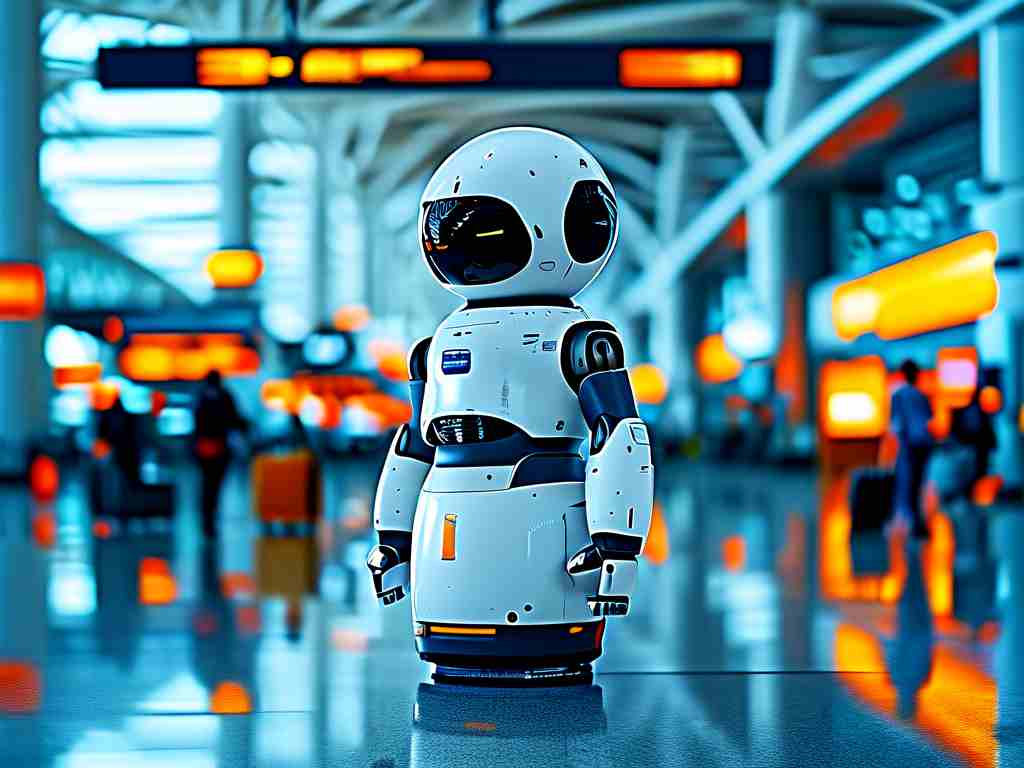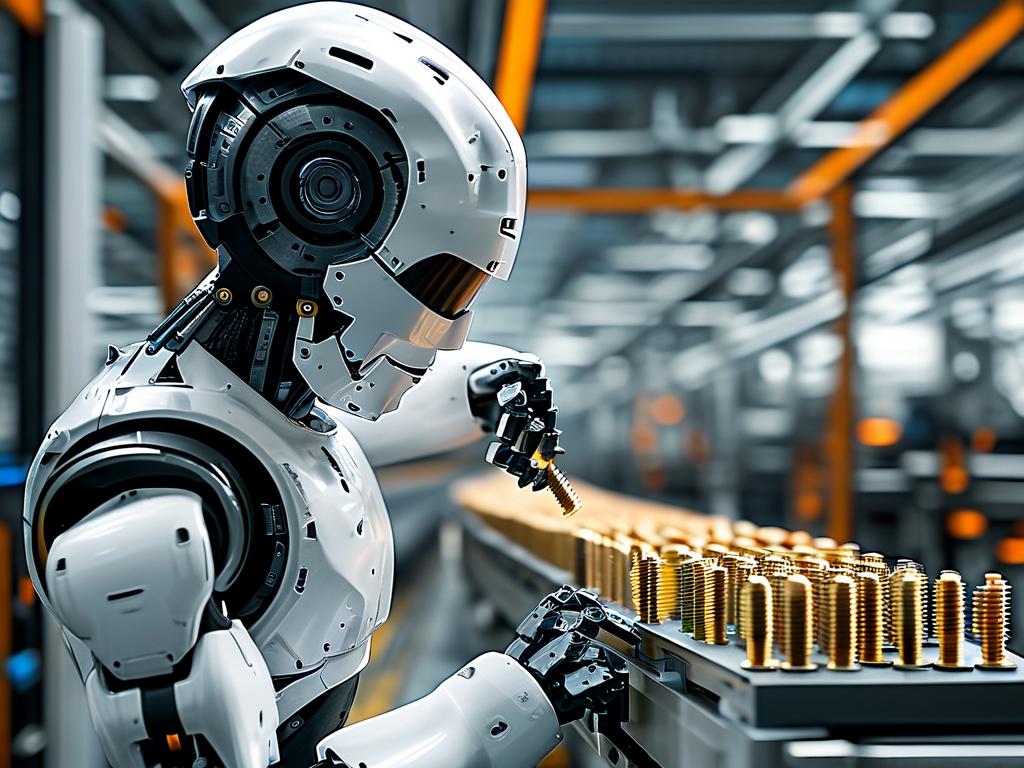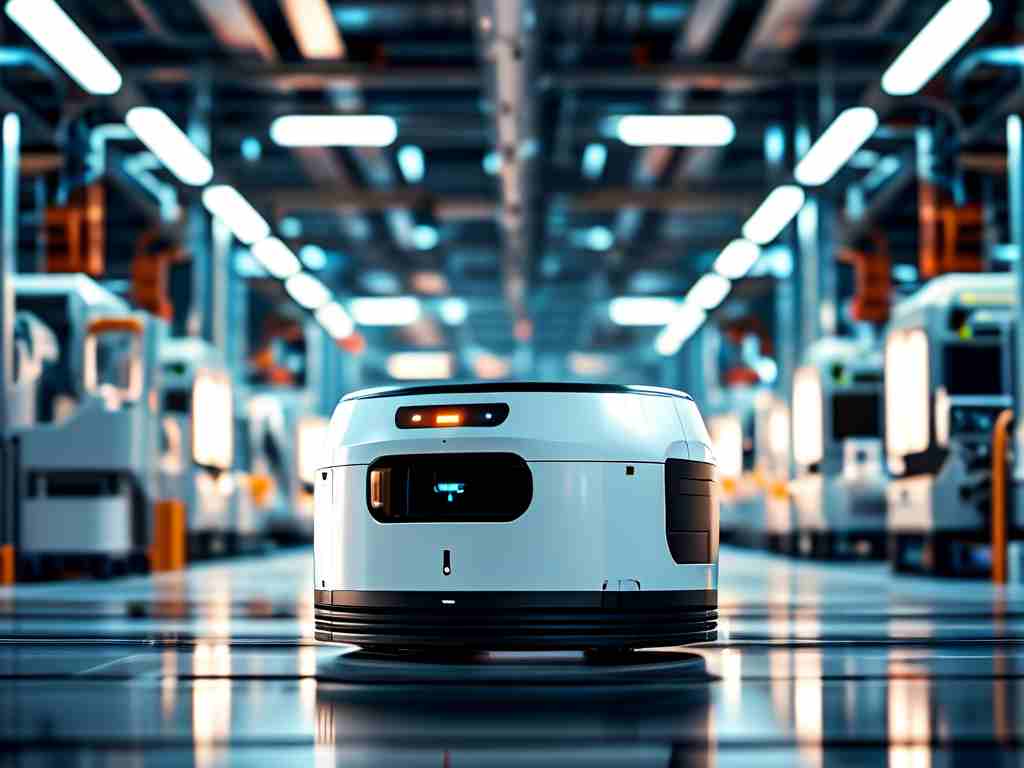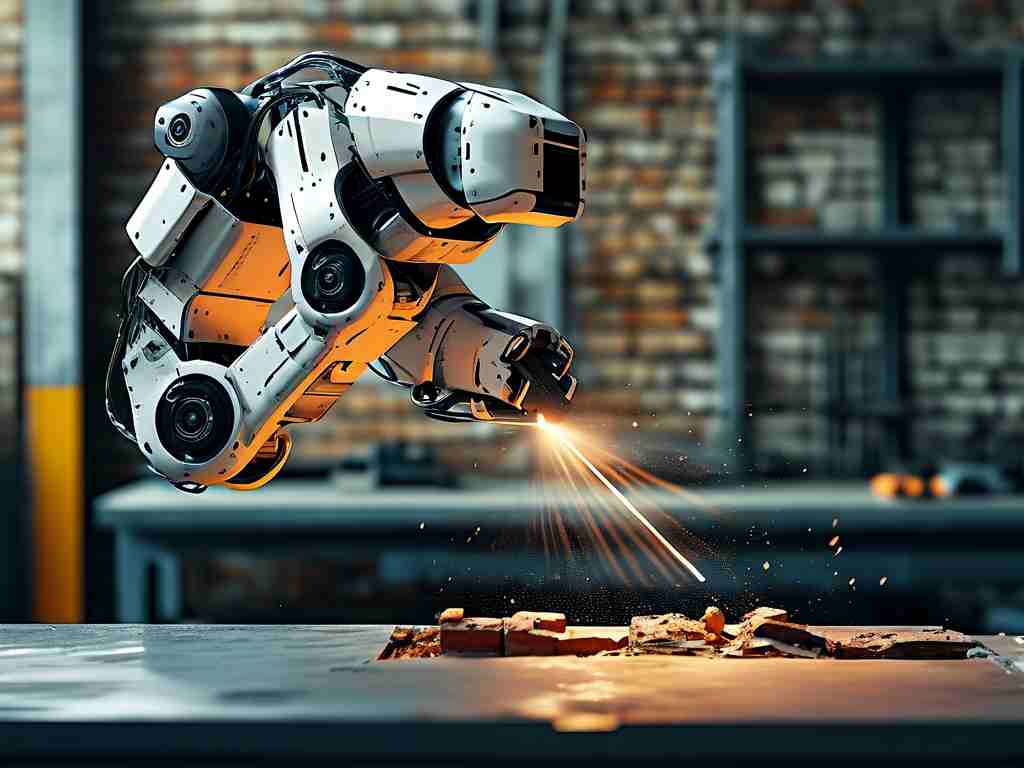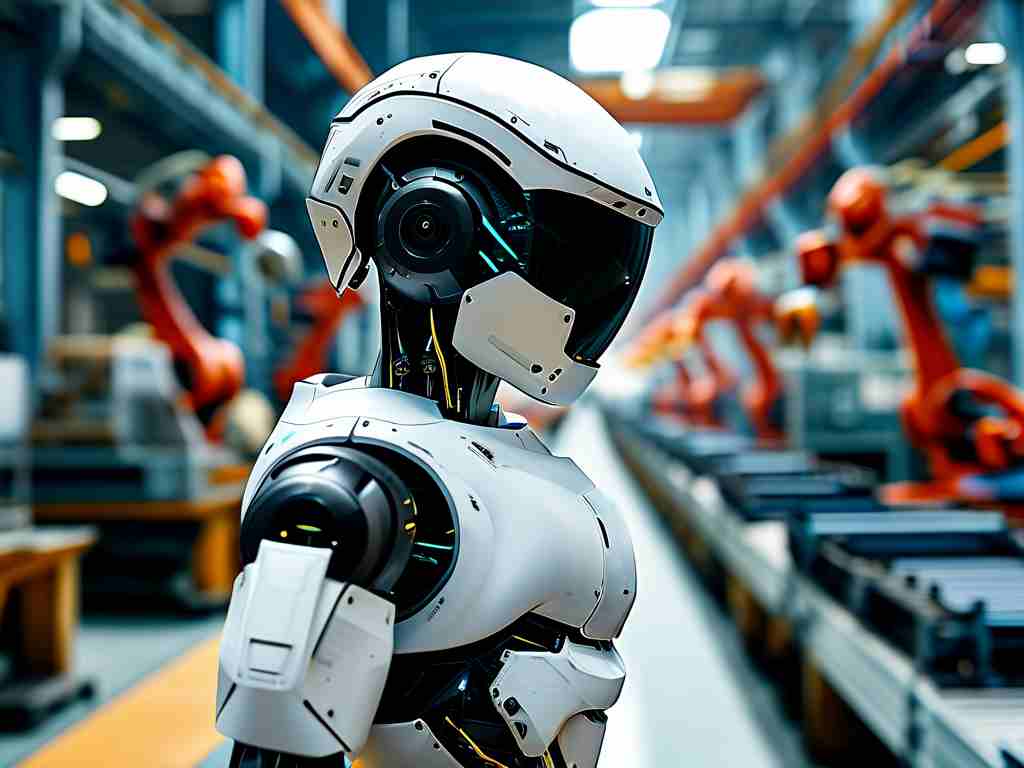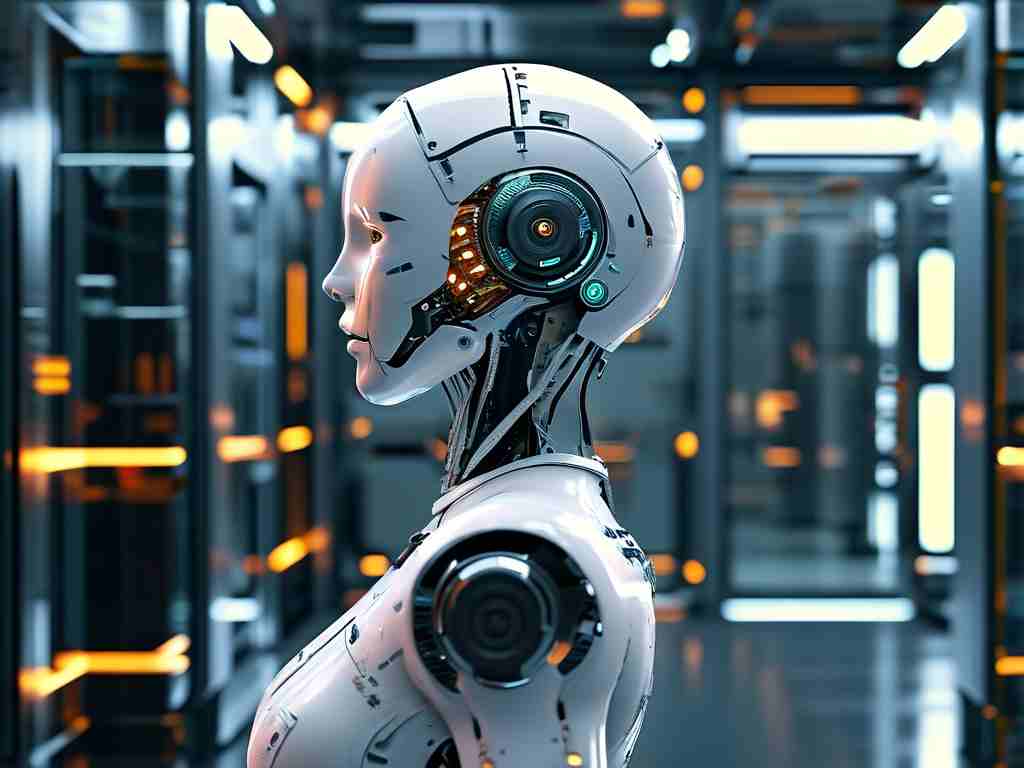The field of assisted reproductive technology has entered a groundbreaking era with the emergence of robotic insemination systems. This innovative approach combines precision engineering with advanced biological science, offering new possibilities for addressing fertility challenges across multiple species. As shown in recent demonstration videos, these automated systems are reshaping traditional procedures through enhanced accuracy and repeatability.
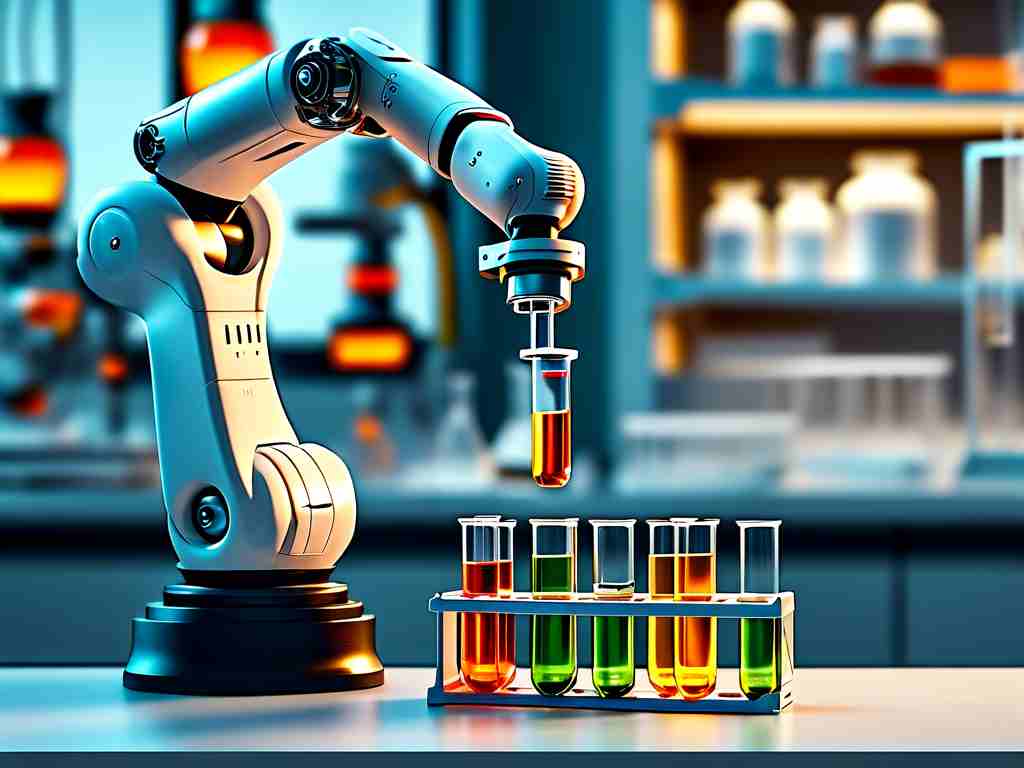
At the core of robotic insemination technology lies a sophisticated integration of micro-mechanical components and artificial intelligence algorithms. Unlike conventional manual methods that rely heavily on clinician expertise, the robotic platform utilizes high-resolution imaging systems to map anatomical structures in three dimensions. This spatial mapping enables the robotic arm to navigate with sub-millimeter precision, significantly reducing the risk of tissue damage during catheter insertion.
Clinical trials conducted at Shanghai Reproductive Medicine Center revealed compelling data. The robotic system achieved 98.7% successful catheter placements compared to 89.2% in manual procedures, while reducing average procedure time by 22%. These results demonstrate the technology's potential to improve outcomes in delicate operations like intrauterine insemination (IUI) and in vitro fertilization (IVF) embryo transfer.
The system's architecture comprises three primary modules:
# Pseudocode of robotic insemination workflow 1. 3D_imaging.scan(reproductive_anatomy) 2. ai_processor.calculate(optimal_path) 3. robotic_arm.execute_movement(precision=0.1mm) 4. feedback_sensors.monitor(tissue_resistance) 5. adaptive_system.adjust_parameters(real_time)
This technical framework enables dynamic adjustments during operation, particularly valuable for patients with complex uterine structures or cervical abnormalities that challenge conventional techniques.
Beyond human applications, agricultural implementations are transforming livestock breeding. A Dutch dairy farm reported 18% increased conception rates in cattle using robotic semen deposition systems. The technology's ability to maintain consistent injection depth and angle proves particularly advantageous in large-scale animal breeding operations.
Safety protocols form a critical component of these systems. Multiple redundancy mechanisms ensure operational reliability, including force-limiting actuators that automatically cease movement upon detecting abnormal tissue resistance. Thermal management systems maintain biological material viability throughout the procedure, with integrated sensors continuously monitoring temperature and pH levels.
Current research focuses on expanding the technology's capabilities. Teams at MIT's BioRobotics Lab are developing nanoscale robotic manipulators capable of performing intracellular sperm injection (ICSI) with reduced oocyte stress. Early prototypes demonstrate 40% less deformation to egg cells compared to manual ICSI techniques using conventional micropipettes.
Ethical considerations remain at the forefront of discussions. While robotic systems eliminate human tremors and variability, concerns persist regarding over-reliance on automation in delicate medical procedures. Regulatory bodies emphasize the necessity of maintaining clinician oversight, with current protocols requiring human verification of all robotic system calculations before procedure commencement.
The economic implications are equally significant. Initial costs for robotic insemination platforms range from $200,000 to $500,000, but healthcare economists project long-term savings through reduced procedure times and higher success rates. Insurance providers in Germany have begun covering robotic-assisted fertility treatments, recognizing their potential to lower overall treatment costs through improved efficiency.
Looking ahead, the integration of machine learning promises further advancements. Adaptive algorithms that learn from thousands of procedure datasets could eventually predict individual patient responses and optimize insemination parameters in real-time. As demonstration videos clearly illustrate, this fusion of robotics and reproductive medicine represents not just incremental improvement, but a fundamental transformation in how we approach fertility challenges across species.
Training programs are adapting to these technological shifts. Medical schools now incorporate robotic simulation modules into reproductive medicine curricula, while veterinary programs emphasize dual competency in animal reproduction and automation systems. This educational evolution ensures practitioners can effectively harness the technology's capabilities while maintaining critical clinical judgment skills.
As development continues, the potential applications expand beyond basic insemination procedures. Researchers envision future systems capable of performing complete in vitro gamete maturation and selection processes. Such advancements could ultimately create closed-loop reproductive systems with minimal human intervention, raising important questions about the future role of biologists in an increasingly automated field.


